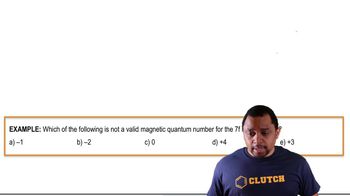Determine whether each of the following statements about diamagnetism and paramagnetism is true or false:
a. A diamagnetic substance is weakly repelled from a magnetic field.
b. A substance with unpaired electrons will be diamagnetic.
c. A paramagnetic substance is attracted to a magnetic field.
d. The O2 molecule is paramagnetic.




